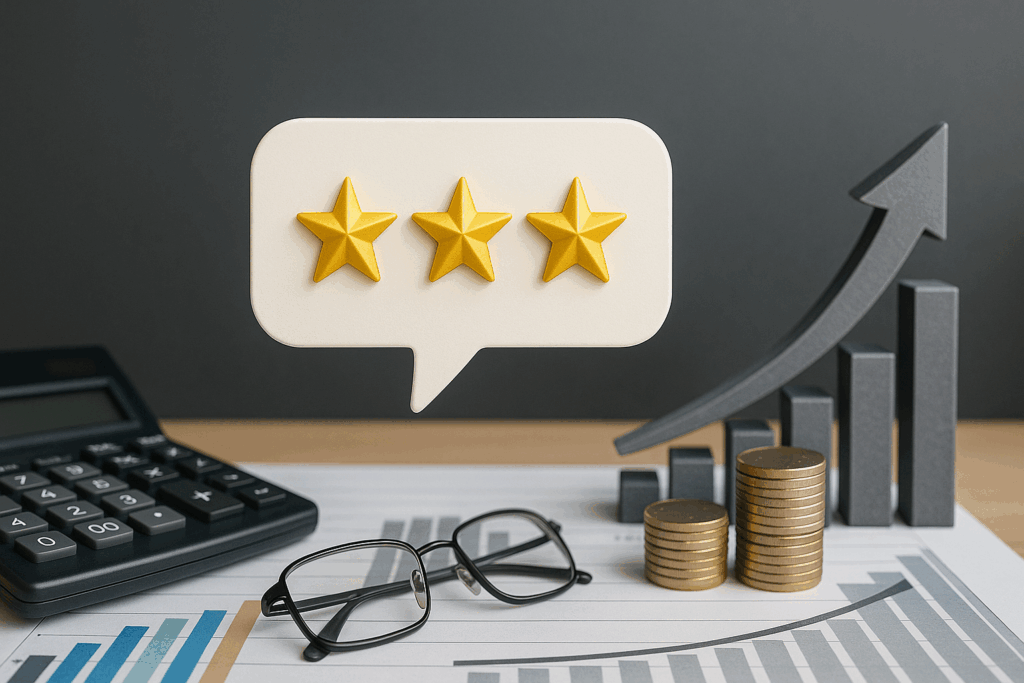In 2002, Reid Hoffman and a few of his buddies came over from Paypal and SocialNet to start a networking site called LinkedIn. They knew people had extensive networks of people with whom they had built trust over several decades. After all, people buy from people they trust. What started with just 6,000 users the first month grew to 37,000 after six months and now sits at over 500,000,000 members today.
As individuals, we love feeling connected. We love sharing updates and information. From Facebook to Twitter to LinkedIn, the social media space, which was once just a playground for the individual on a personal level, has evolved into a must-have strategy for every organization regardless of size.
Depending on which study you trust, today’s B2B buyer is already at least halfway or more through their buying cycle before they engage the sales rep. If you don’t believe that to be true, I’d encourage you to look at your own buying habits. Where’s the first place you go when you realize you need something? The Internet. There is an endless amount of information available to today’s buyer. The key is to build trust prior to their realization that they need something.
What Is Social Selling?
Social selling is the new normal. In a nutshell, social selling is when a company and their people passively and (eventually) actively engage with their prospects through social media by providing useful insights and content that helps educate their ideal buyer, all while building trust and credibility subconsciously. In other words, social selling is about creating connection and building trust, without necessarily having face-to-face contact.
B2B buyers trust their peers, industry journals and forums far more than the telemarketer attempting to set a first appointment to discuss a product they didn’t even know they needed. When they see a large social network engaging in a discussion around a topic that you and your team are part of, it not only engages them, but it also increases your visibility and credibility. Eventually, the engagement builds to a point in which your sales people can begin to interact directly with interested parties. Ultimately, this leads to a prospect being entered into the active stages of the buying journey. Social Selling, when done properly and purposefully, can be one of the top driving factors in your sales performance.
The Buyer Journey
Let’s take a look at the “Buyer Journey Stages” below.
No Need > Awareness > Research > Evaluation > Decision > Execution
Social selling is tremendously helpful in the first two stages of the Buyer Journey. When the buyer (a) doesn’t know they have an issue, but sees an article or post highlighting their challenge, it can trigger a question in their minds. Or, (b) the buyer knows they have an issue and is actively looking for content and information from trusted sources. If you and your company do a great job of educating the market around challenges that you are capable of solving, you will become a well-respected source of information for your buyers.
While this may all seem simple, most B2B sales companies are behind the times. They haven’t bought in yet and are losing to the up-and-coming tech-savvy companies who are actively leveraging social selling to grow their reputation as a trusted resource.
The Barriers to Successful Social Selling
1. Not enough content
One of the critical components of being a social seller and thought leader is to provide content. For many, this seems to be a monumental task. Do I have the ability to write enough content and have enough things to say to really drive interest in my posts? After all, we have learned that a steady stream of content is critical to the success of social media. Is the reality that you have to create a steady stream (weekly or even daily) of brand new content? In a word, no. Fresh content created by you or thought leaders within your organization is great but curating content written by others can also have a powerful impact.
2. Not having a documented social strategy
Like most things, a lack of preparation will doom a plan to failure before it even begins. There are a lot of nuances to Social Selling that, at the surface, may not seem to be major items. But when taken in the overall context, these nuances can really hurt the effectiveness of your campaign. A documented strategy for adoption across your entire organization (more on that in the next bullet point) is critical. To suddenly decide one day that your salespeople are going to stop cold-calling and concentrate on Social Selling might well result in your termination rather than phenomenal revenue growth. You have to put in place executive sponsorship, training, organizational adoption, alignment of goals, and, possibly most importantly, measurements of success. There is a great video by Mario Martinez, Jr., a recognized Social Selling leader, that speaks to having a plan in place for Social Selling. I encourage all of you to take a look at that here: Webinar: Social Selling
3. Not leveraging the entire organization
As I mentioned before, organizational adoption is critical to the success of a Social Selling plan. Ideally, your entire company is aware of the Social Selling goals and participates at some level. At a minimum, your Sales and Marketing organizations must be involved. Why is this so critical? One of the mains areas of power in Social Selling is connection. If Social Selling is only adopted by a few in the organization, the network of connections is relatively small. When the entire organization is involved, the network is virtually infinite. Your team could be looking to work with an executive buyer and find out that someone in your operations team is a friend of his or hers. That is power that can only be unlocked with strong organizational adoption.
Social Selling is not a fad. It’s here and it’s here to stay. It gives early adopting B2B companies a huge competitive advantage.





